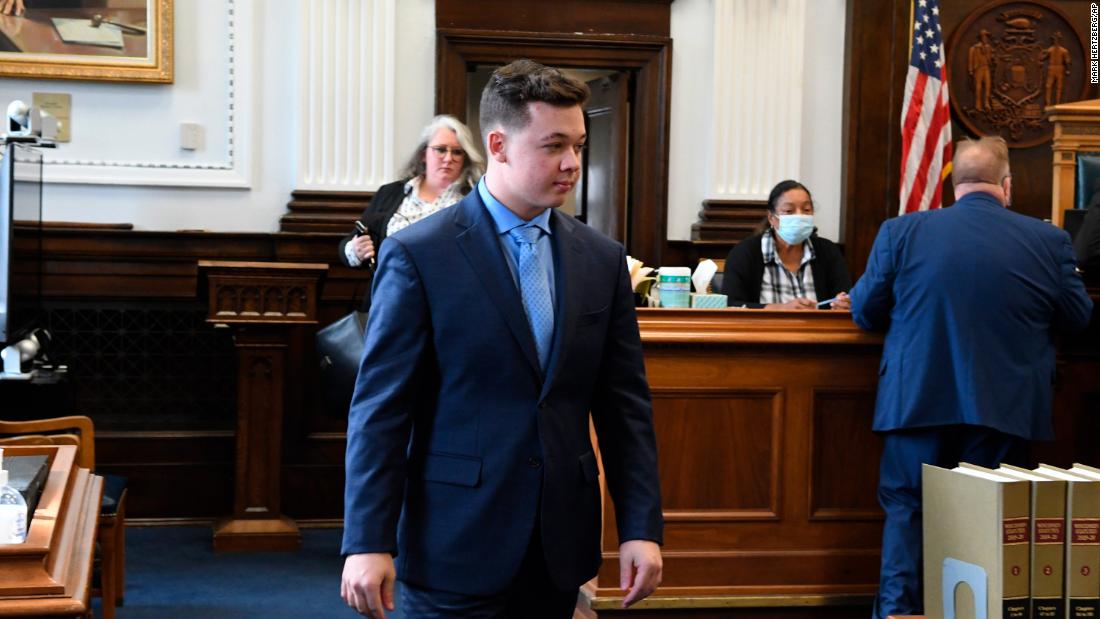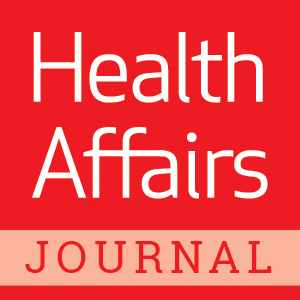Oh yes, for young, healthy people without any dependents, something along the lines of a catastrophic policy works extremely well. It keeps costs low and saves your butt if you do get into a car accident or something like that. But research shows that this leads to people seeking out less medical care--including preventative visits--and people with HDHP are less likely to be adherent to their medication regime (this is a big problem for someone with something like diabetes, where things can go wrong very quickly. In other words, do you know how much a foot amputation costs?):
We performed a systematic review of methodologically rigorous studies that examined the impact of HDHPs on health care utilization and costs. The plans were associated with a significant reduction in preventive care in seven of twelve studies and a significant reduction in office visits in six of eleven studies—which in turn led to a reduction in both appropriate and inappropriate care. Furthermore, bivariate analyses of data extracted from the included studies suggested that the plans may be associated with a reduction in appropriate preventive care and medication adherence. Current evidence suggests that HDHPs are associated with lower health care costs as a result of a reduction in the use of health services, including appropriate services.
Enrollment in high-deductible health plans (HDHPs) has greatly increased in recent years. Policy makers and other stakeholders need the best available evidence about how these plans may affect health care cost and utilization, but the literature has not been comprehensively synthesized. We...
www.healthaffairs.org
This makes sense. If I have to pay more, I'm going to use it less. I don't really think they thought out these implications when they put this product on the market. They were looking for a way to save money. The problem with this is that when a person who hasn't been getting preventative care or screenings finally does hit the medical system--they hit it hard. I remember going to a Medicaid talk in HIT where they pointed out the very familiar statistic many in health care know, 20% of the Medicaid patients made up 80% of the spend. It doesn't take but one catastrophic claimant to blow your medical spend out of the water. So you've saved yourself money in the short term, but you do eventually have to pay the bill in the long run. Now, let's consider we have this set of behaviors for an entire population. So we have a lot of people running around, not getting screenings, not being totally adherent with medication, and not regularly talking to a doctor (and instead getting their medical information online). This seems fine for now, but what happens in 10 years when the first millenials are turning 50? What happens when a generation of people didn't get the preventative medical care they needed for a good portion of their adult lives? What does our medical system look like? What will our costs be then? Are all these costs going to hit a Medicare or Medicaid (remember, you can get Medicare for things like end stage renal disease prior to turning 65--you just have to be in dialysis for 30 months)? And what will that cost tax payers?
I get that you were looking at this from an individual standpoint, but my background is in public health, so I can't help but take it here. The truth is that regardless of what insurance product one receives, data suggests that younger generations are not getting the medical care that older generations got in their youth. This will negatively impact us on a population level. As it is, you can easily tell if a person has money or not, based on their teeth. If you want to see the impact of no nationalized medical system, we need to look no further than our abysmal vaccination rates. What is the greatest predictor of whether or not you have a vaccine? It's whether or not you have insurance.
U.S. adults who aren’t yet vaccinated against Covid-19 are more likely to be uninsured and have lower incomes, according to a report by the Kaiser Family Foundation released Friday.
Among people under 65, those without insurance make up 24% of the unvaccinated population, while only 12% of people with insurance haven’t gotten the jab, according to the report. Roughly two-fifths of all unvaccinated adults (42%) report earning less than $40,000 a year.
U.S. adults who aren’t yet vaccinated against Covid-19 are more likely to be uninsured and have lower incomes, according to a report by the Kaiser Family Foundation released Friday.

news.bloomberglaw.com
When uninsured people are asked why they aren't vaccinated, many respond that while they know it is "free" they do not believe it is actually free, because the federal government said the Covid tests were free, but providers started charging patients administration fees for these tests anyway. The other very, very big worry is that if they do get sick from the vaccine, they cannot seek out medical help because they have no insurance, and they are concerned with missing work because of adverse symptoms--because they don't have paid leave.
I do not believe that M4A will solve everything, but at minimum, we can put teeth in people's mouths so they can get proper nutrition. There is a false idea that no spend is good spend, but this isn't the case. There are very low cost, preventative medical procedures that should be done at regular intervals. For people who are prone to certain disease like heart failure or diabetes, regular maintenance and check ups cost less than open heart surgery or foot amputation. That doesn't mean catastrophic things never happen, but if your population has a certain level of health, it could decrease catastrophic incidence. Long ago, when I visited Finland, the woman I was with asked if we could walk to lunch instead of drive. I was fine with it and she said, that she likes to walk places so that she can keep herself healthy so that medical attention could go to those who were really in need. And this is where we need to be as a country. We have to realize that there is an interplay of genetics, individual choice and population health/population health expectations at work here. We, as Americans, seem to understand the individual choice aspect of this, but we fail at the population health piece.




